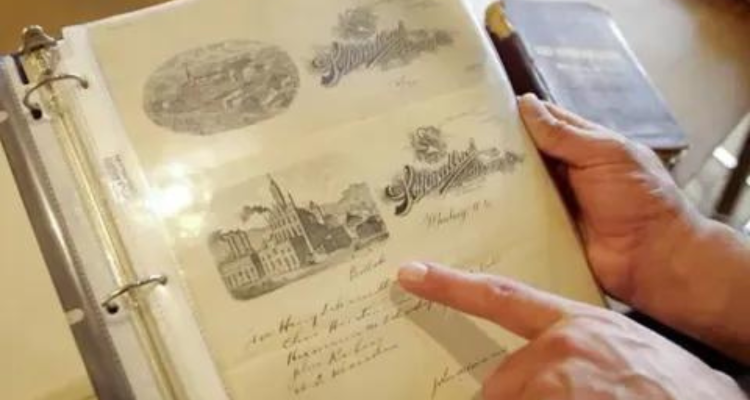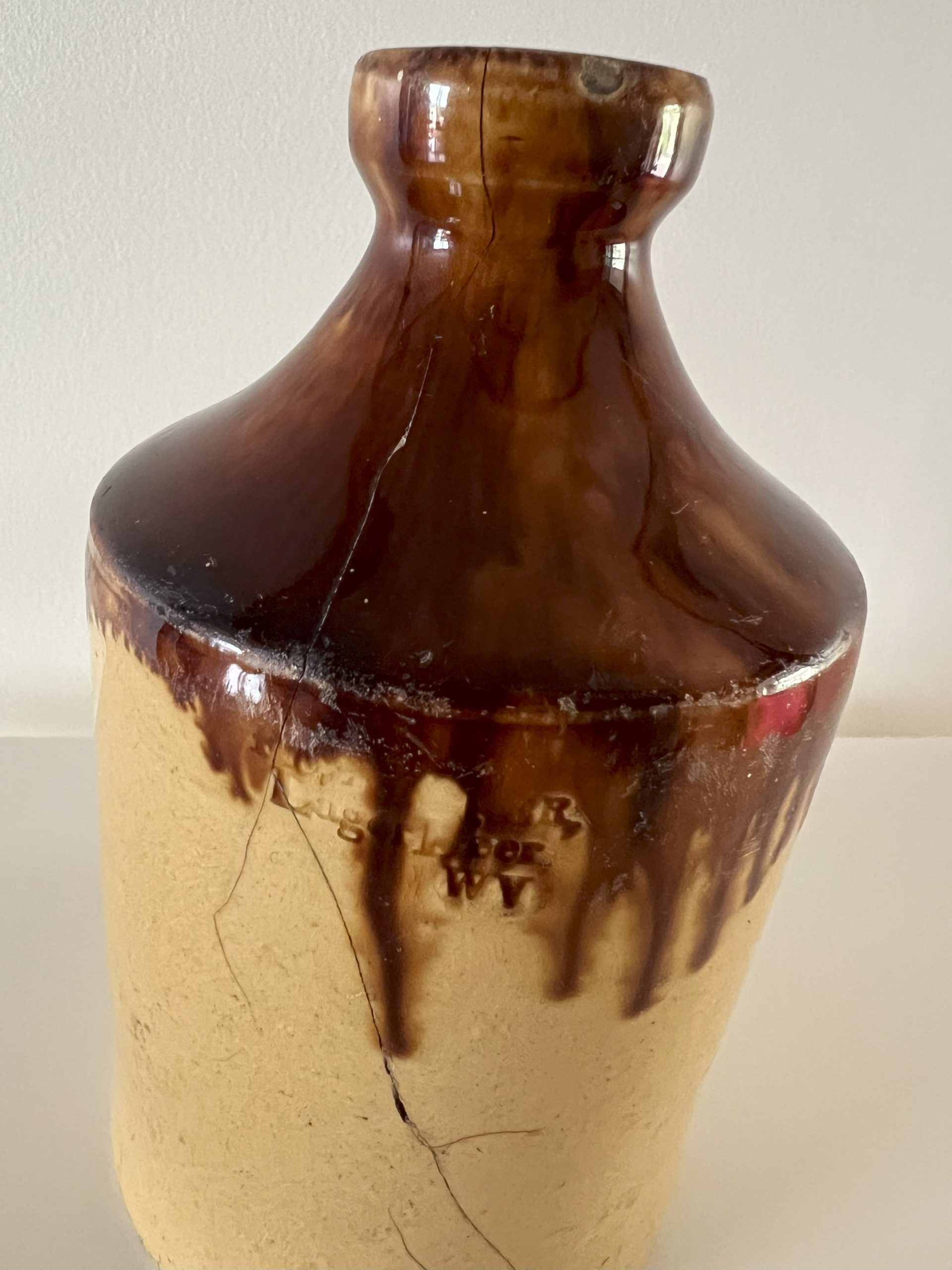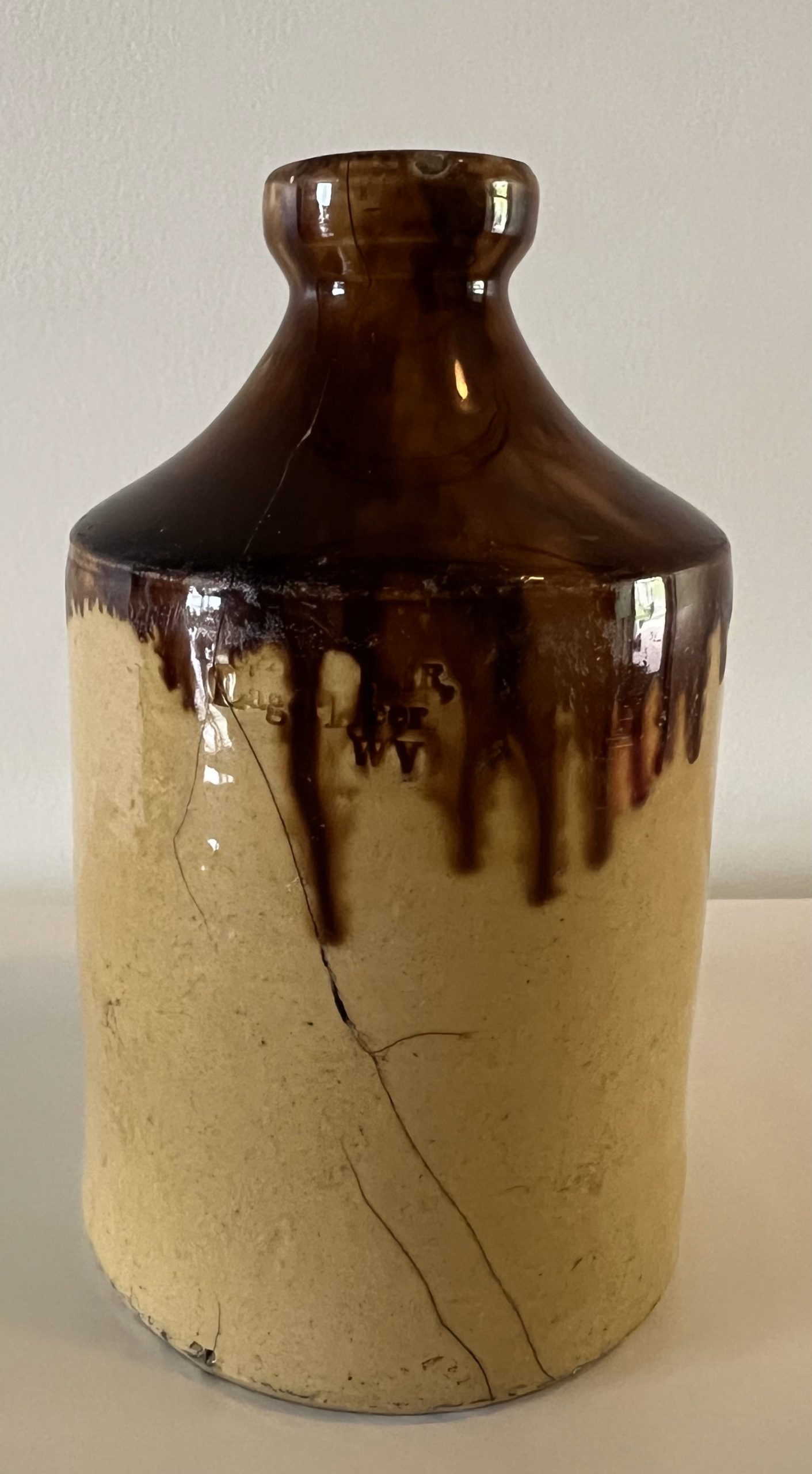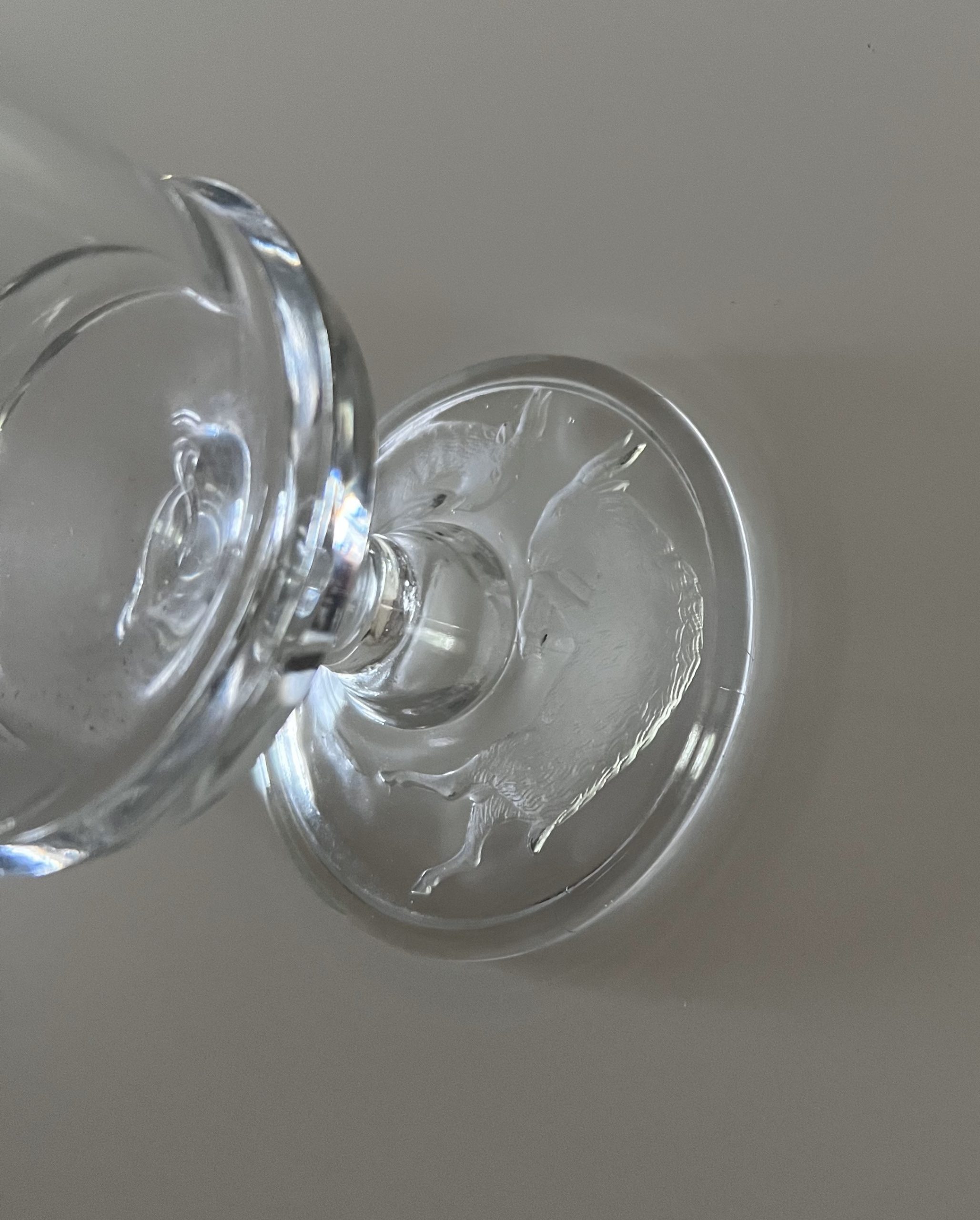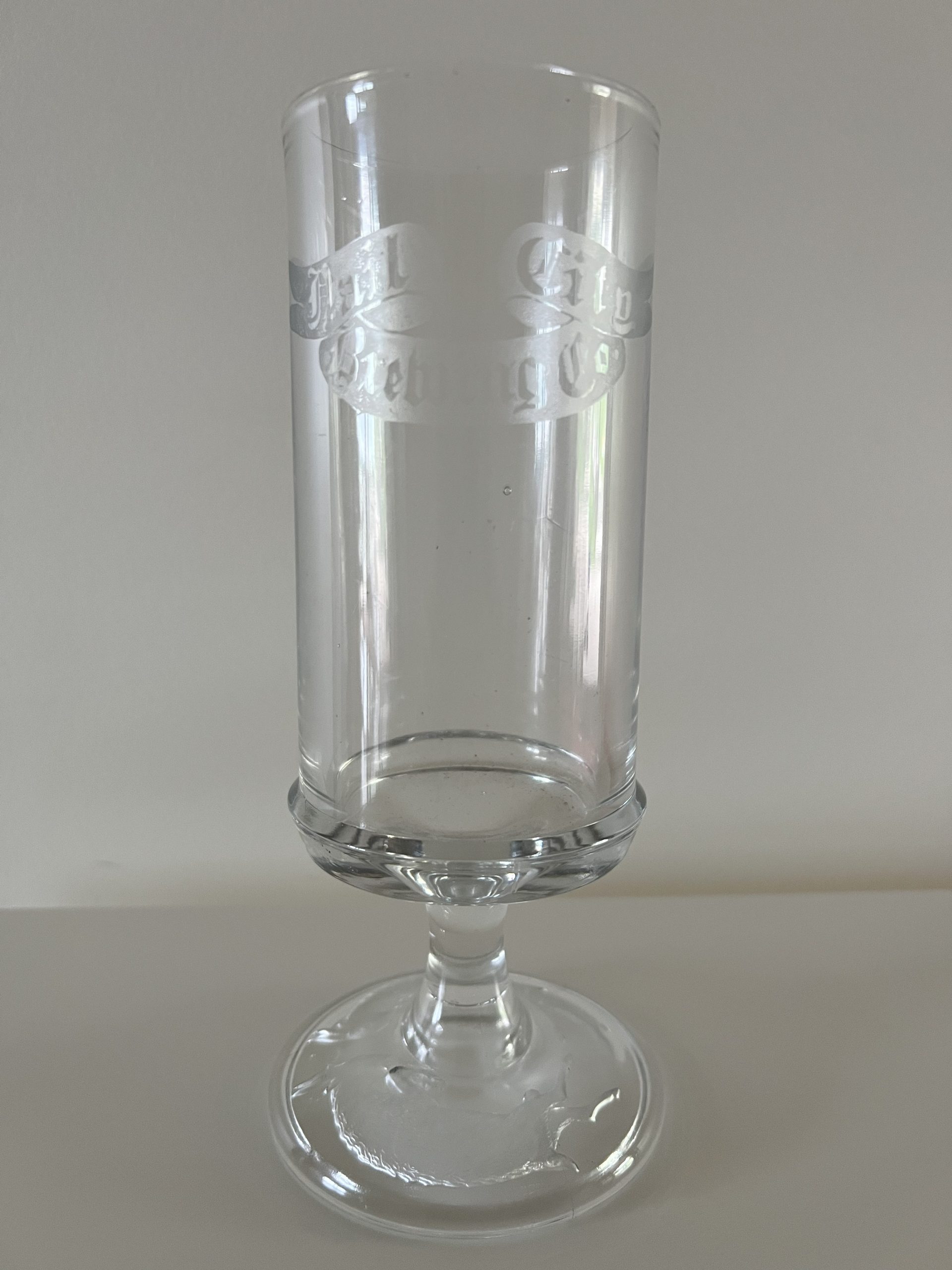While teaching the history of Wheeling at Wheeling Park High School, I often use artifacts that I have collected to teach about a specific era of Wheeling’s history. I’ve found that students can relate to objects and artifacts such as a La Belle cut nail or a replica of the Sweeney Punch Bowl. While teaching about Wheeling High School, one of my favorite things to do is randomly pull out a spindle from the old staircase, or a brick that was saved from the school and turned into a doorstop by an alumni.
When these moments happen in the classroom, students perk up, they ask questions, they wonder… “why does he have all this strange stuff in his classroom?” “Why did someone save a brick?” And then, every once in a while there’s that one student who asks, “What’s the point of owning, buying, and keeping all this stuff!?”
It’s a great question! Sometimes it becomes a challenge to display, store, and keep track of everything I have collected throughout the years, but that is also part of the challenge that makes it interesting. There’s also the thrill that comes with being surrounded by history and objects of the past. While collecting, displaying, and teaching about artifacts, I often feel a connection to the people who were once a part of these objects.
I also enjoy using artifacts as a teaching tool to make history come alive. Not only are these artifacts cool, but they also serve as great conversation starters to begin a lesson, and I’m often surprised by the unique stories students have about objects from their own homes and family stories.
In working with Weelunk, we thought that it would be a great idea to feature the history of Wheeling in objects. While it’s impossible to cover all of Wheeling’s history in just a few objects, today we’re starting with three unique objects with an interconnected story on a topic of great personal interest – Wheeling’s brewing history!
Ziegler Brewing Company Beer Crock
The first object we’re looking at is a lager beer crock that dates from the 1850s from the Ziegler Brewing Company. Standing at 6 ½ inches in height and 3 ½ inches in width this little crock held the hearty contents of fresh lager beer brewed from the spring of a hillside in South Wheeling.
Founded by Fred Ziegler in 1855, this small brewery was one of many during this era throughout the city of Wheeling.
Located at the head of 33rd Street in South Wheeling, the Ziegler Brewing Company operated until 1873. In that year Ziegler sold the brewery which was then incorporated into the Nail City Brewing Company. This brings us to our second object…
Nail City Brewing Beer Glass
The next Wheeling object is a beer glass from the Nail City Brewing Company. These glasses were given away as promotions. As the newspaper reported on April 23, 1880:
“The Nail City Brewing Brewing Company yesterday presented each of their customers with a half dozen large goblet beer glasses, engraved with a scroll containing the words ‘Nail City Brewing Company,’ and on the base or foot of the glass were two goats vigorously bucking each other. The glasses were turned out by the South Wheeling Glass Works.”
Every time I take a look at this glass I can imagine the honor the artisan took in designing and crafting the glass. I can also imagine the thrill a customer of the Nail City Brewery might have had as they toasted friends with their free memento from the brewery. I’m also fascinated by the handlers of this glass throughout time. From those who used the glass for drinking, to those who saw the glass as a historical artifact and preserved it throughout time.
In 1882, when prominent Wheeling businessman Henry Schmulbach acquired the leading shares of the Nail City Brewery it was then incorporated into the Schmulbach Brewing Company which became one of the largest breweries in the state of West Virginia.
Schmulbach Brewing Company Letterhead
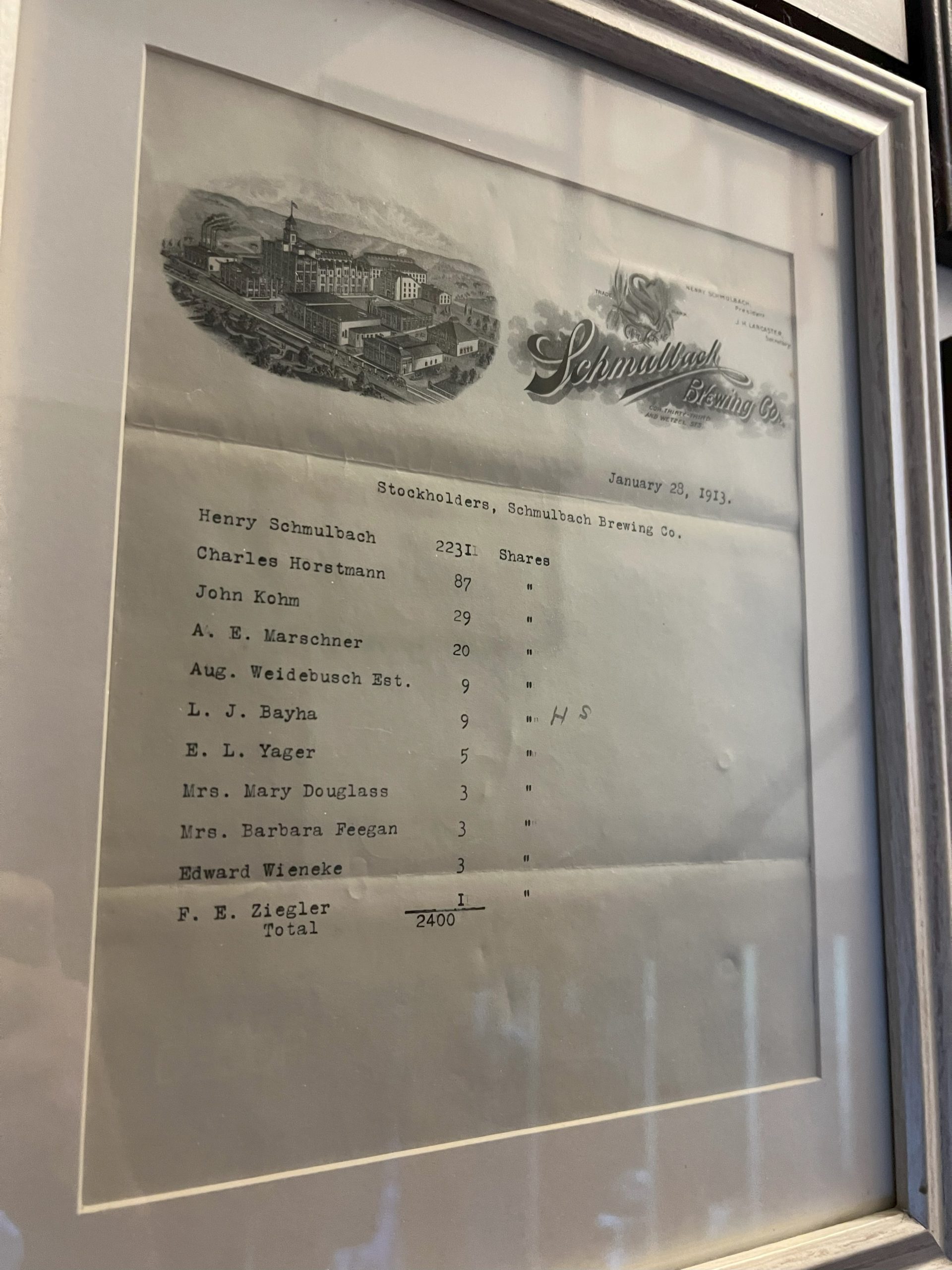
I couldn’t write an article about Wheeling’s brewing history without including Henry Schmulbach and his brewing legacy. This letterhead from the Schmulbach Brewing Company outlines its shareholders shortly before the company closed in 1914 due to the enactment of prohibition and the Yost Law in West Virginia. My favorite part about this object is how it brings us back to Fred Ziegler… he was still holding onto one share of the brewery that he initially founded in 1855!
If you want to learn more about Wheeling’s brewing history, you can check out Wheeling Heritage Media’s podcast Henry: The Live and Legacy of Wheeling’s Most Notorious Brewer. From immigration to politics, industrialization to crime, this podcast will take you back in time and look at Wheeling through the lens of Henry Schmulbach’s life.
If you liked this article and have suggestions for other Wheeling objects we should cover, send us an email to weelunk@weelunk.com!
• Ryan Stanton is a 2002 graduate of Wheeling Park High School. In 2006 he graduated from West Liberty State College with a bachelor’s degree in history and later earned a master’s degree in social studies education from West Virginia University. For 13 years, Ryan has been a social studies teacher at Wheeling Park High School where he teaches AP U.S. government and politics and the history of Wheeling.


